-
Executive Summary
-
Scope
-
Of The Report
-
Market Definition
-
Scope Of The Study
- Assumptions &
-
Research Objectives
-
Limitations
-
Markets Structure
-
Market
-
Research Methodology
-
Research Process
-
Secondary Research
-
Primary Research
-
Forecast Model
-
Market
-
Landscape
-
Five Forces Analysis
-
Threat Of New Entrants
-
Bargaining Power Of Buyers
-
Threat Of Substitutes
-
Segment Rivalry
-
Value Chain/Supply
-
Chain Of Global Phenolic Antioxidants Market
-
Industry
-
Overview Of Global Phenolic Antioxidants Market
-
Introduction
-
Growth Drivers
-
Impact Analysis
-
Market Challenges
-
Impact Analysis
-
Market Trends
-
Introduction
-
Growth Trends
-
Impact Analysis
-
Global Phenolic Antioxidants Market By Type
-
Introduction
-
Natural
-
Synthetic
-
Global Phenolic Antioxidants Market By Phenolic Group
-
Introduction
-
Mono- Functional Phenols
-
Bi- Functional Phenols
-
Multi-Functional Phenols
-
Global Phenolic Antioxidants Market By End Use
-
Introduction
-
Food & Feed
-
Plastic
-
Fuel & Lubricants
-
Rubber
-
Cosmetic & Personal
-
Care
-
Other
-
Global
-
Phenolic Antioxidants Market By Region
-
Introduction
-
North America
- Canada
- Germany
- Italy
- UK
- China
- Japan
- New Zealand
-
US
-
Europe
-
France
-
Spain
-
Asia Pacific
-
India
-
Australia
-
Rest Of Asia-Pacific
-
Middle East &
- Turkey
- North Africa
- Rest Of Middle East
-
Africa
-
Israel
-
GCC
-
& Africa
-
Latin America
- Argentina
-
Brazil
-
Rest Of Latin America
-
Company Landscape
-
Company
-
Profiles
-
Mayzo Inc
- Product/Business
- Financial Updates
- Company Overview
- Key Developments
- Product/Business
- Financial Updates
-
Company Overview
-
Segment Overview
-
Key Developments
-
BASF SE
-
Product/Business Segment Overview
-
Financial Updates
-
Archer Daniels Midland Company
-
Company Overview
-
Segment Overview
-
Key Developments
-
Evonik Industries
- Product/Business
- Financial Updates
-
Company Overview
-
Segment Overview
-
Key Developments
-
DSM
- Product/Business
- Financial Updates
-
Company Overview
-
Segment Overview
-
Key Developments
-
OXIRIS
- Product/Business
- Financial Updates
-
Company Overview
-
Segment Overview
-
Key Developments
-
VDH CHEM TECH PVT.
- Company Overview
- Key Developments
- Company Overview
- Key Developments
- Product/Business
- Financial Updates
-
LTD
-
Product/Business Segment Overview
-
Financial Updates
-
Akrochem Corporation
-
Product/Business Segment Overview
-
Financial Updates
-
Chitec Technology Co. Ltd
-
Company Overview
-
Segment Overview
-
Key Developments
-
Addivant.
- Product/Business
- Financial Updates
-
Company Overview
-
Segment Overview
-
Key Developments
-
Conclusion
-
List
-
Of Tables
-
World Population
-
By Major Regions (2020 To 2027)
-
Table
-
Global Phenolic Antioxidants Market: By Region, 2020-2027
-
Table
-
North America Phenolic Antioxidants Market: By Country, 2020-2027
-
Table
-
Europe Phenolic Antioxidants Market: By Country, 2020-2027
-
Table
-
Asia-Pacific Phenolic Antioxidants Market: By Country, 2020-2027
-
Table
-
Middle East & Africa Phenolic Antioxidants Market: By Country, 2020-2027
-
Table
-
Latin America Phenolic Antioxidants Market: By Country, 2020-2027
-
Table
-
Global Phenolic Antioxidants By Type Market: By Regions, 2020-2027
-
Table
-
North America Phenolic Antioxidants By Type Market: By Country, 2020-2027
-
Table
-
Europe Phenolic Antioxidants By Type Market: By Country, 2020-2027
-
Table
-
Asia-Pacific Phenolic Antioxidants By Type Market: By Country, 2020-2027
-
Table
-
Middle East & Africa Phenolic Antioxidants By Type Market: By Country, 2020-2027
-
Table
-
Latin America Phenolic Antioxidants By Type Market: By Country, 2020-2027
-
Table
-
Global Phenolic Antioxidants By Phenolic Group Market: By Regions, 2020-2027
-
Table
-
North America Phenolic Antioxidants By Phenolic Group Market: By Country, 2020-2027
-
Table
-
Europe Phenolic Antioxidants By Phenolic Group Market: By Country, 2020-2027
-
Table
-
Asia-Pacific Phenolic Antioxidants By Phenolic Group Market: By Country, 2020-2027
-
Table
-
Middle East & Africa Phenolic Antioxidants By Phenolic Group Market: By Country,
-
Latin America
-
Phenolic Antioxidants By Phenolic Group Market: By Country, 2020-2027
-
Table
-
North America Phenolic Antioxidants For End-Use Market: By Country, 2020-2027
-
Table
-
Europe Phenolic Antioxidants For End-Use Market: By Country, 2020-2027
-
Table
-
Asia-Pacific Phenolic Antioxidants For End-Use Market: By Country, 2020-2027
-
Table
-
Middle East & Africa Phenolic Antioxidants For End-Use Market: By Country,
-
Latin America
-
Phenolic Antioxidants For End-Use Market: By Country, 2020-2027
-
Table
-
Global Type Market: By Region, 2020-2027
-
Table
-
Global End Uses Market: By Region, 2020-2027
-
Table
-
Global End-Use Market: By Region, 2020-2027
-
Table
-
North America Phenolic Antioxidants Market, By Country
-
Table
-
North America Phenolic Antioxidants Market, By Type
-
Table
-
North America Phenolic Antioxidants Market, By Phenolic Group
-
Table
-
North America Phenolic Antioxidants Market, By End-Use
-
Table
-
Europe: Phenolic Antioxidants Market, By Country
-
Table
-
Europe: Phenolic Antioxidants Market, By Type
-
Table
-
Europe: Phenolic Antioxidants Market, By Phenolic Group
-
Table
-
Europe: Phenolic Antioxidants Market, By End-Use
-
Table
-
Asia-Pacific: Phenolic Antioxidants Market, By Country
-
Table
-
Asia-Pacific: Phenolic Antioxidants Market, By Type
-
Table
-
Asia-Pacific: Phenolic Antioxidants Market, By Phenolic Group
-
Table
-
Asia-Pacific: Phenolic Antioxidants Market, By End-Use
-
Table
-
Middle East & Africa: Phenolic Antioxidants Market, By Country
-
Table
-
Middle East & Africa Phenolic Antioxidants Market, By Type
-
Table
-
Middle East & Africa Phenolic Antioxidants Market, By Phenolic Group
-
Table
-
Middle East & Africa: Phenolic Antioxidants Market, By End-Use
-
Table
-
Latin America: Phenolic Antioxidants Market, By Country
-
Table
-
Latin America Phenolic Antioxidants Market, By Type
-
Table
-
Latin America Phenolic Antioxidants Market, By Phenolic Group
-
Table
-
Latin America: Phenolic Antioxidants Market, By End-Use
-
List
-
Of Figures
-
Global Phenolic
-
Antioxidants Market Segmentation
-
FIGURE
-
Forecast Methodology
-
FIGURE
-
Five Forces Analysis Of Global Phenolic Antioxidants Market
-
FIGURE
-
Value Chain Of Global Phenolic Antioxidants Market
-
FIGURE
-
Share Of Global Phenolic Antioxidants Market In 2020, By Country (In %)
-
FIGURE
-
Global Phenolic Antioxidants Market, 2020-2027,
-
FIGURE
-
Sub-Segments Of End Uses
-
FIGURE
-
Global Phenolic Antioxidants Market Size By End Use, 2020
-
FIGURE
-
Share Of Global Phenolic Antioxidants Market By End Use, 2020 To 2027
-
FIGURE
-
Global Phenolic Antioxidants Market Size By Phenolic Group, 2020
-
FIGURE
-
Share Of Global Phenolic Antioxidants Market By Phenolic Group, 2020 To 2027
-
FIGURE
-
Global Phenolic Antioxidants Market Size By Type, 2020
-
FIGURE
-
Share Of Global Phenolic Antioxidants Market By Type, 2020 To 2027

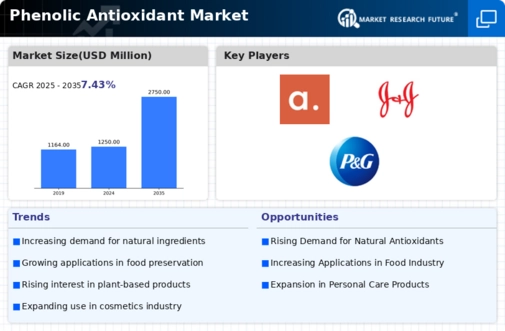


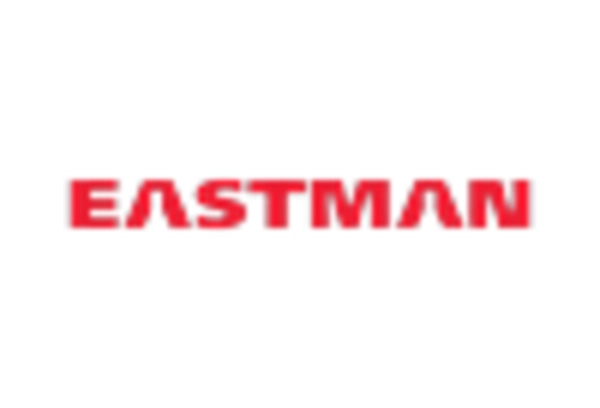
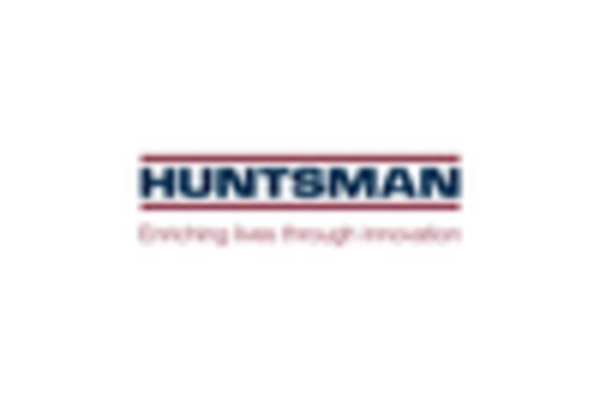
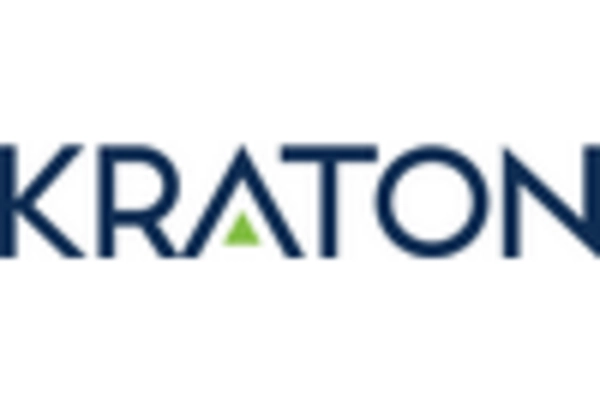
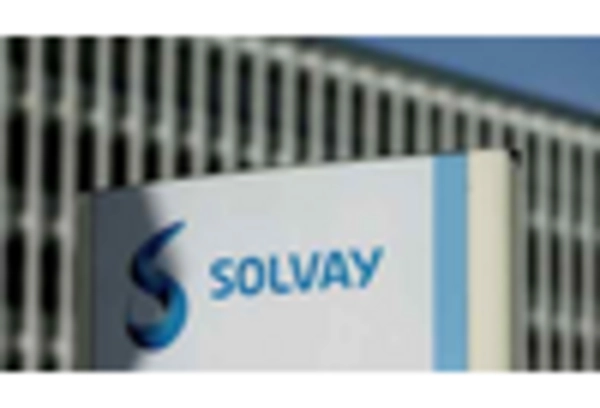









Leave a Comment